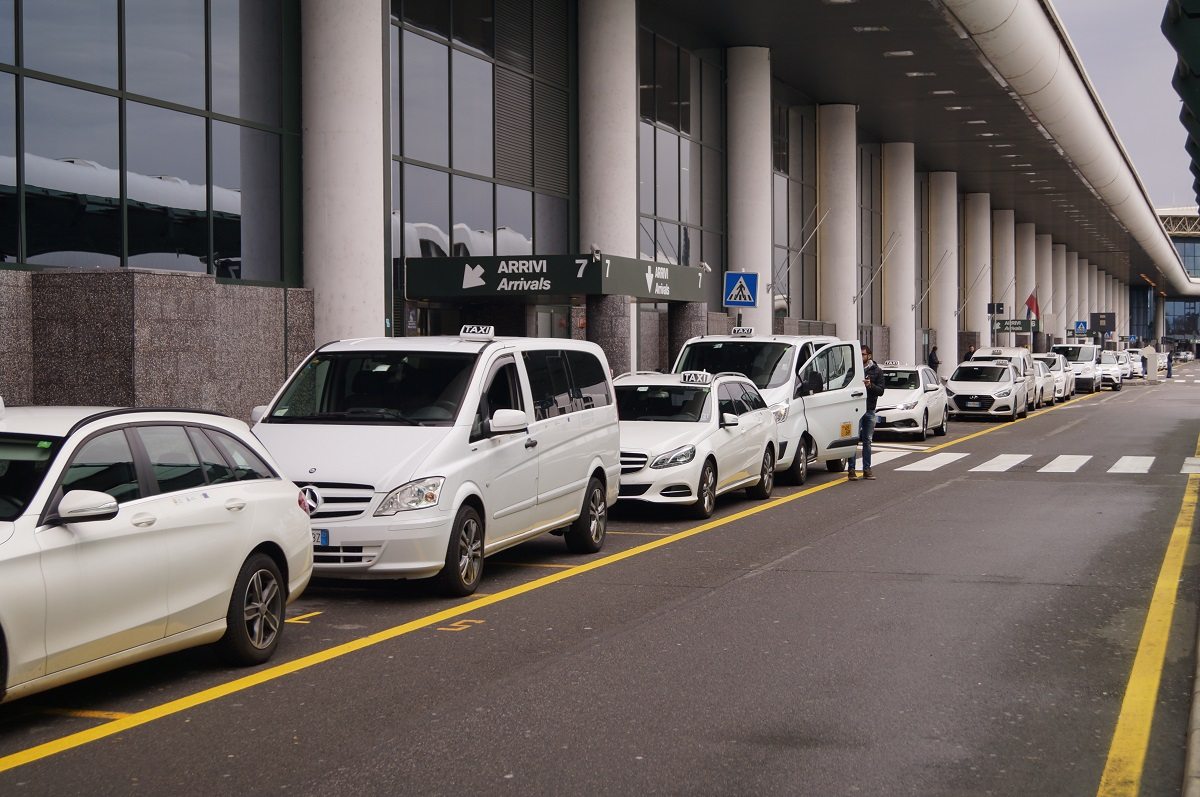Topping bucket lists for a while now, Iceland is wooing nature lovers and attracting travelers from across the globe. It is also commonly known as “The Land of Fire and Ice” as it boasts hot springs, iced glaciers, lava fields, and waterfalls. Iceland is loved for its miles of scenic roadway around the island, plenty of opportunities for outdoor excursions, occasional waterfalls, and more. Even if you are looking for a romantic getaway, a leisure traveler, a family-friendly tour, or some thrills, Iceland has it all!
Here we have made a travel handbook including the history and geography of Iceland, best places to visit in Iceland, things to do in Iceland, the best time to visit Iceland, must-know facts about Iceland, and places for shopping in Iceland. Read on and learn all about Iceland.
Table of Contents
History of Iceland:
The history of Iceland is rich and spans over a millennium. Here is a brief overview of key periods and events in Icelandic history:
Settlement and Viking Age (9th-10th Century):
Norse settlers from Scandinavia arrived in Iceland around the 9th century, led by figures like Ingólfur Arnarson and Erik the Red. The Alþingi (the national assembly) was established in 930, making it one of the oldest parliamentary institutions in the world. Icelandic sagas, narrative texts that recount historical events and myths, were written during this period.
Commonwealth Era (10th-13th Century):
Iceland was an independent Commonwealth, governed by chieftains and the Alþingi. The society was organized into regional districts (goðorð), each led by a chieftain (goði). Christianity was introduced in the 10th century, replacing pagan beliefs, and became the dominant religion.
Union with Norway and Denmark (13th-19th Century):
In 1262, Iceland entered into a political union with Norway, followed by a subsequent union with Denmark in 1380. Danish rule led to economic and political changes, including the imposition of a trade monopoly and the decline of Alþingi’s power. The Reformation reached Iceland in the 16th century, leading to the conversion of the population to Lutheranism.
Struggle for Independence (19th-20th Century):
The 19th century saw a growing national consciousness and a push for independence from Danish rule. In 1874, Iceland gained limited home rule, followed by expanded autonomy in 1904. The struggle for full independence continued, and Iceland finally became a sovereign state on June 17, 1944, after severing ties with Denmark during World War II.
Modern Iceland:
In the latter half of the 20th century, Iceland experienced significant economic and social changes. The fishing industry became a vital part of the economy, and Iceland later diversified into sectors such as renewable energy, tourism, and financial services. Iceland faced economic challenges, including a severe banking crisis in 2008, but subsequently recovered.
Geography of Iceland
The geographical design of Iceland incorporates tremendous plateaux, high mountain pinnacles, and a few fertile lowlands. Other topographical milestones incorporate profound fjords and long glaciers. Forests cover just 2% of the nation’s region, and agricultural grounds represent 18.5% of the surface. Which is why as much as 80% of Iceland is uninhabited. The one-of-a-kind geological elements result from Iceland’s location in the sea, on top of a mantle tuft, where the North American and Eurasian plates meet.
Places to see in Iceland
- Reykjavik: Reykjavik is Iceland’s capital city known as the cosmopolitan hub of the country. Explore its charming streets, visit landmarks like Hallgrímskirkja Church, enjoy the city’s cultural scene, and indulge in delicious Icelandic cuisine.
- Selfoss: Selfoss is a town located in the southern part of Iceland. It serves as a hub for the surrounding agricultural region, known for its fertile farmlands and picturesque landscapes. Selfoss offers several popular attractions including Golden Circle, Þingvellir National Park, Geysir geothermal area, and Gullfoss waterfall.
- Akureyri: Akureyri is known as the “Capital of the North” and is a charming town located in North Iceland. It is loved for its unique combination of natural beauty, vibrant local atmosphere, and cultural attractions. If you are a nature lover then Akureyri is a must-visit in Iceland boasting stunning landscapes, mountains, fjords, and scenic valleys. Don’t miss out on famous cultural attractions like Akureyri Church, Akureyri Art Museum, Nonni Museum, and more.
- Mosfellsbaer: Mosfellsbær is a town located in southwestern Iceland. It offers a peaceful residential setting with proximity to nature and convenient access to Reykjavik. It’s an excellent choice for those who prefer a quieter environment while still having easy access to urban amenities and outdoor activities.
- Akranes: Akranes offers a quieter and more relaxed atmosphere compared to Reykjavik, making it a suitable destination for those seeking a tranquil coastal experience. It provides a mix of natural beauty, cultural attractions, and outdoor activities, making it a worthwhile place to explore in western Iceland. Do visit the Akranes lighthouse, Akranes folk museum, Akranesviti museum, etc.
Things to do in Iceland
- Explore the Golden Circle: The Golden Circle is one of the most popular tourist routes in Iceland known for its stunning natural attractions, and historical significance. It provides a combination of geological wonders, historical sites, and breathtaking landscapes, showcasing some of Iceland’s most remarkable natural beauty. Do cover the Geysir geothermal area, Gullfoss waterfall, Faxi waterfall, Kerio volcanic crater, etc.
- Visit the Blue Lagoon: The Blue Lagoon is a world-famous geothermal spa located in a lava field on the Reykjanes Peninsula in southwestern Iceland. The Blue Lagoon offers a unique and relaxing geothermal spa experience in warm mineral-rich waters with a picturesque setting, making it a must-visit destination for many visitors to Iceland. It is believed that the geothermal spa experience has various therapeutic benefits for the skin.
- Go glacier hiking: Iceland is known for its frozen landscapes, floating icebergs, sweeping glaciers, and dazzling blue ice caves. In the winter season, Iceland truly lives up to its name as the country is covered in snow. Popular hiking glaciers include Vatnajökull, Sólheimajökull, and Langjökull. Ice caves are a must-visit in the winter months. They are naturally formed caves in glaciers offering an amazing experience with the beautiful blue ice formations.
- Witness the Northern Light: Attracting travelers from all over the world, Northern Lights is also known as Aurora Borealis. It is a natural display of lights that can be witnessed in winter and only in northernmost areas. The phenomenon looks like dancing in ribbon-like waves of purple, green, and gold shades. The Northern Lights are visible in Iceland from September to mid-April, with the peak season being from October to March.
- Go Whale watching: Whale watching in Iceland offers an incredible opportunity to observe magnificent whales in their natural environment. Several towns in Iceland offer whale-watching tours, with some of the main departure points being Reykjavik, Husavik, and Akureyri. Whale-watching tours operate in Iceland from April to October, with peak season typically falling between May and August.
Best time to visit Iceland
Iceland experiences times when the weather can go to extreme conditions. The best time to visit Iceland depends on how you wish to spend your holiday.
- The best time to witness the northern lights is between September to March when Iceland faces chilling weather. Winter activities include ice caving, glacier hiking, skiing, snowboarding, and soaking in hot springs. Keep in mind that daylight hours are shorter during this time.
- Summer is the peak tourist season in Iceland due to milder temperatures and long daylight hours. This season is ideal for exploring the highlands, enjoying outdoor activities like hiking, camping, and road trips, and witnessing the midnight sun, where the sun barely sets in the late evening.
- The months of May and September, as well as parts of April and October, make up the shoulder seasons in Iceland. These seasons offer a balance between fewer crowds, more affordable prices, and reasonable weather conditions.
Ultimately, the best time to visit Iceland depends on your interests, whether it’s experiencing the midnight sun, witnessing the Northern Lights, exploring the unique landscapes, or engaging in specific outdoor activities.
Must-know facts about Iceland
- Iceland’s official language is Icelandic, a Nordic language that has changed very little over the centuries and is known for its complex grammar and pronunciation.
- Iceland is a world leader in renewable energy production. The country relies heavily on geothermal and hydroelectric power.
- Due to its northern location, Iceland experiences the phenomena of the midnight sun during the summer months, where the sun barely sets, providing extended daylight hours. Conversely, during the winter months, some parts of Iceland experience polar nights, with little to no daylight for several weeks.
- Iceland is home to a high concentration of active volcanoes due to its location on the Mid-Atlantic Ridge.
- Vikings from Norway inhabited Iceland sometime in the 800s.
- Iceland was recently ranked one of the eco-friendliest countries in the world and almost all of the electricity in Iceland is produced using renewable energy sources.
- Studies show that 11% of the country of Iceland is covered by glaciers!
- The national colors of Iceland are red, white, and blue.
- Over 60% of the Icelandic population lives in the capital city, Reykjavik.
Places for shopping in Iceland
Reykjavik is a shopping hub in Iceland offering a variety of shops hidden in corners of the city. The city boasts a range of stores, boutiques, local markets, and galleries. For souvenirs, you can shop Icelandic woolen sweaters, handmade ceramics, lava rock jewelry, local food specialties and more. Some of the best places to shop in Iceland include:
- Laugavegur, Reykjavik
- Kringlan Shopping Mall
- Smáralind Shopping Mall
- Handknitting Association of Iceland
- Kolaportið Flea Market
- DesignMarch Festival
Conclusion
Remember to check the latest travel advisories and guidelines before your trip, as conditions and requirements may change. Enjoy your adventure with Iceland Tour Packages






